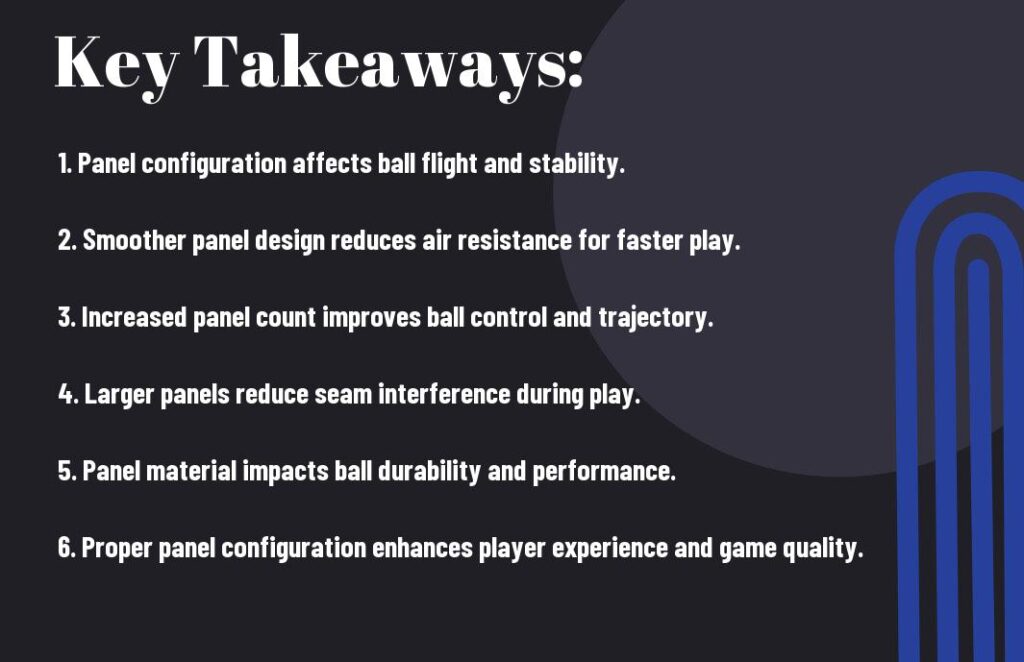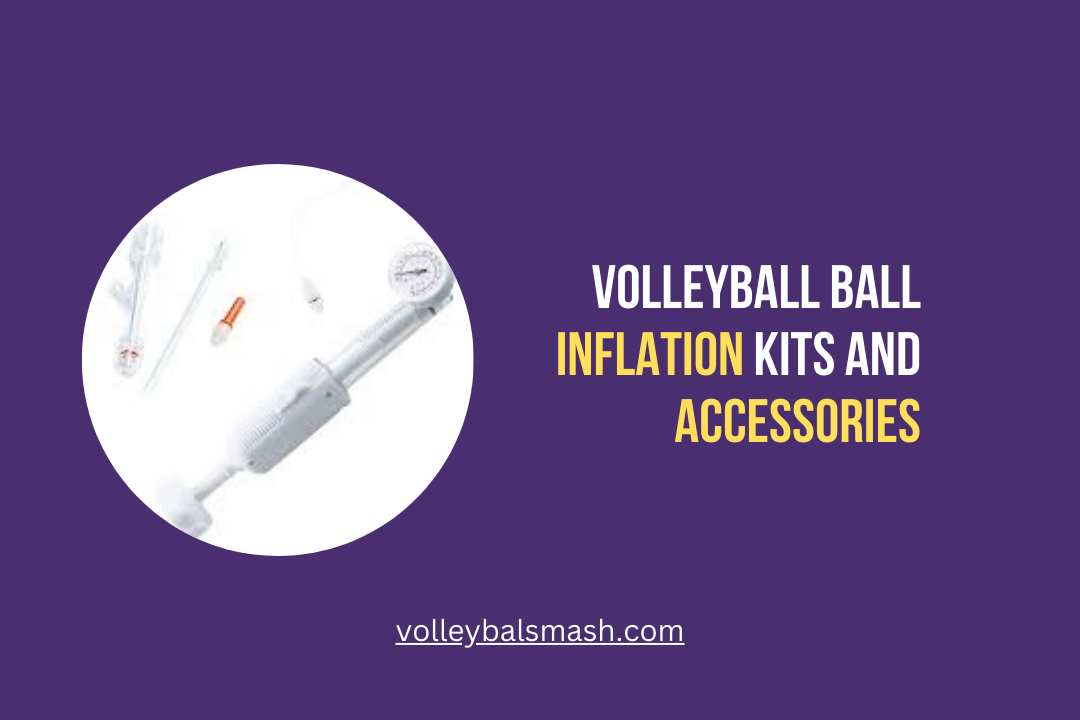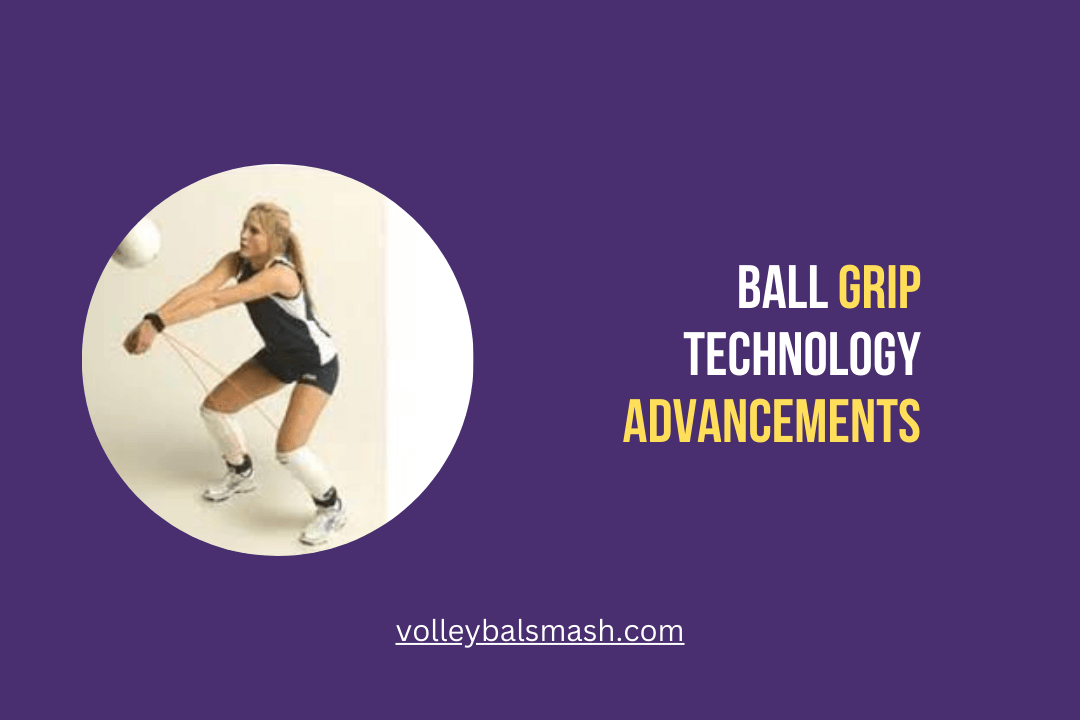Have you ever considered the intricacies of the volleyball ball panel configuration and its impact on your game? Understanding how the number and placement of panels can affect the flight and spin of the ball is crucial for players and coaches alike. In this blog post, we will delve into the science behind volleyball ball panel configuration, and explore how it can positively or negatively affect your performance on the court. Whether you are a casual player or a seasoned athlete, this information will empower you to make the most of your game.

Historical Development of Volleyball Ball Panel Configuration
Some of the earliest studies on volleyball ball panel configuration and its effects can be traced back to the 1980s. Researchers began exploring the aerodynamic effects of a panel orientation in volleyball float, which has since become a critical component in ball design. For a detailed understanding of the early research in this area, you can refer to this study.
Early Designs and Material Use
Initially, volleyball balls were constructed with simple panel configurations and limited understanding of how panel orientation could affect the aerodynamics of the ball. Early designs often used basic materials that provided limited durability and inconsistent flight patterns. The panels were generally stitched together without much consideration for aerodynamic performance, resulting in unpredictable ball behavior during play.
Advancements in Panel Technology
Advancements in panel technology have significantly impacted the performance and durability of volleyball balls. Manufacturers have developed advanced panel configurations that optimize aerodynamics, resulting in improved ball stability and predictable flight paths. The use of high-quality materials and precise panel alignment has enabled volleyball balls to withstand high-velocity impacts without compromising performance. These advancements have enhanced the overall playing experience, making the game more enjoyable and competitive.
Panel Configuration and Aerodynamics
If you’ve ever wondered about the science behind how a volleyball moves through the air, then panel configuration and aerodynamics are two important factors to consider. The design and arrangement of the panels on a volleyball can have a significant impact on its flight and overall performance. In this chapter, we will explore the relationship between panel configuration and aerodynamics, and how it affects the game of volleyball.
Basic Aerodynamic Principles in Volleyball
When it comes to understanding the aerodynamics of a volleyball, it’s essential to grasp the basic principles that govern its flight. The shape and arrangement of the panels determine how air flows around the ball as it moves through the air. The smoothness and evenness of the panels’ surface also play a vital role in reducing air resistance, allowing the ball to travel with greater speed and accuracy.
ball design affects control
Impact of Panel Shape and Arrangement on Flight
The panel shape and arrangement directly impact the flight characteristics of a volleyball. For example, a ball with a smoother surface and fewer panels experiences less drag, resulting in a faster and more predictable trajectory. Additionally, the arrangement of the panels can affect the amount of spin the ball generates when it’s struck, influencing its movement and unpredictability for opponents. When the panels are irregularly shaped or poorly arranged, it can cause the ball to wobble or veer off course, making it more challenging for you to predict its flight path and respond effectively.
Influence on Player Performance
After understanding the configuration of the volleyball ball panel, it is crucial to consider how it can influence player performance on the court. The design and construction of the ball can have a significant impact on various aspects of the game, including ball control, serving dynamics, and overall player experience.
Ball Control and Handling
When it comes to ball control and handling, the panel configuration plays a critical role in determining how the ball responds to your touch. The number and placement of panels can affect how the ball moves through the air and how it feels when you pass, set, or spike. A well-constructed panel configuration can provide you with consistent and predictable ball behavior, allowing you to execute precise plays with confidence.
Spin Characteristics and Serving Dynamics
The spin characteristics and serving dynamics of the volleyball ball are also influenced by its panel configuration. The seams created by the panel layout can impact the spin you can apply to the ball and how it travels through the air. This, in turn, affects the accuracy, speed, and movement of your serves, making it essential to understand how the ball’s design can work to your advantage on the serving line.
Comparative Analysis of Different Panel Configurations
Despite the common understanding that traditional 18-panel volleyball designs are the most effective, recent advancements in panel configurations have sparked interest in their potential benefits. Research conducted by scientists has shown that modern designs with fewer panels may have a positive impact on the flight characteristics of the ball. For more information on the orientation of ball panels on a volleyball and the setup for aerodynamic instability, you can refer to this link.
| Traditional Designs | Contemporary Designs |
| Consist of 18 panels | Feature a reduced number of panels |
| Proven track record of performance | Potential for improved aerodynamics |
| Well-established in the volleyball community | Subject of ongoing research and development |
Traditional vs. Contemporary Designs
When considering traditional versus contemporary designs, there are critical differences you should be aware of. While traditional 18-panel designs have a proven track record of performance and are well-established in the volleyball community, contemporary designs with fewer panels have the potential for improved aerodynamics. Ongoing research and development in the field aim to explore and maximize the benefits of modern configurations, which may lead to a shift in the standard practice of using traditional designs.
Comparing various volleyball ball textures
Empirical Studies and Performance Metrics
Empirical studies and performance metrics play a crucial role in understanding the impact of different panel configurations on volleyball flight characteristics. Recent research has highlighted positive findings related to the potential aerodynamic benefits of contemporary designs. However, it’s important to consider the ongoing nature of this research and the need for additional empirical evidence to fully assess the performance of modern configurations compared to the more traditional 18-panel designs.
Conclusion: Volleyball Ball Panel Configuration and its Effects
So now you understand how the panel configuration of a volleyball can affect its performance. From the number of panels to their shape and arrangement, each aspect can impact the flight, spin, and overall playability of the ball. Whether you’re a player looking to improve your game or a coach seeking the best equipment for your team, it’s important to consider how panel configuration can influence the characteristics of a volleyball. By being aware of these effects, you can make more informed decisions when selecting a ball for your game.
FAQ
What is volleyball ball panel configuration?
Volleyball ball panel configuration refers to the arrangement and design of the individual panels that make up the outer layer of a volleyball. This can vary between different brands and models of volleyball, with some having a traditional 18-panel design and others using fewer panels for a smoother surface.
What are the effects of volleyball ball panel configuration?
The panel configuration of a volleyball can have a significant impact on its performance. A ball with more panels tends to have better aerodynamics and stability in flight, while a ball with fewer panels may offer a softer touch and better control. Additionally, the panel configuration can affect the ball’s spin, bounce, and overall feel for players during gameplay.
How does volleyball ball panel configuration affect gameplay?
The panel configuration of a volleyball can influence a player’s ability to serve, set, pass, and hit the ball. Balls with different panel designs may behave slightly differently when struck, leading to variations in trajectory and bounce. It’s important for players to select a volleyball with a panel configuration that suits their playing style and preferences in order to optimize their performance on the court.










